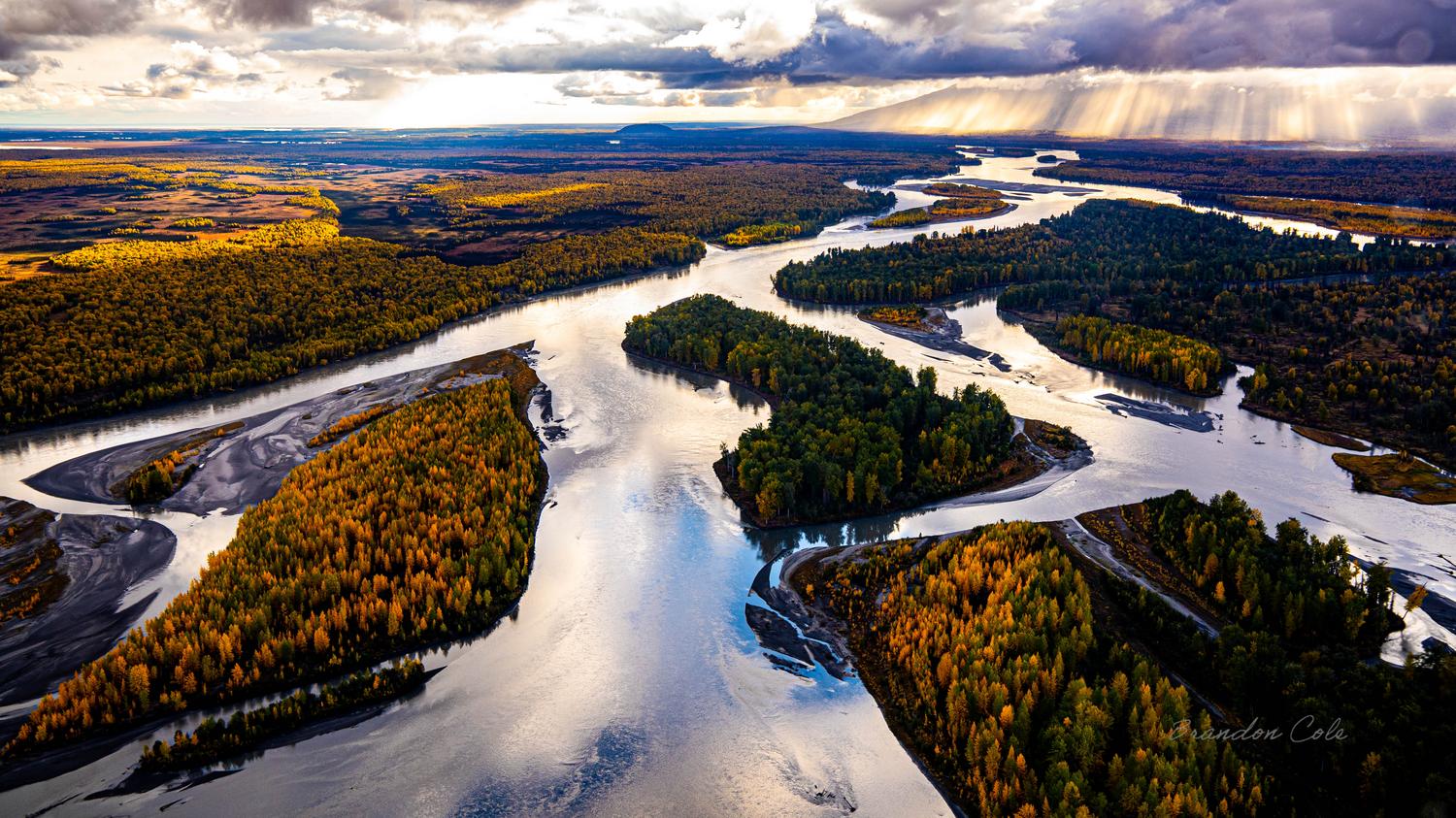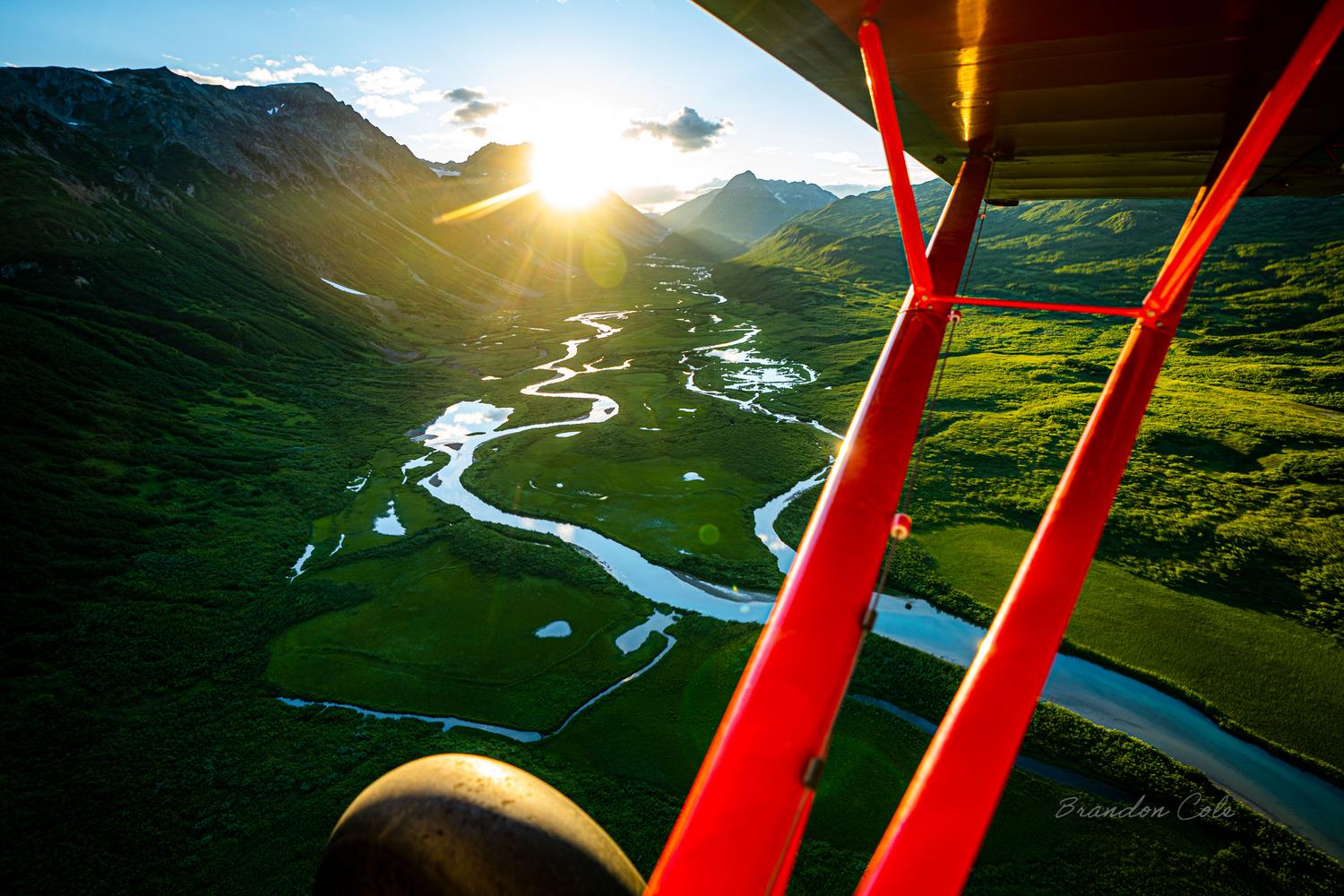Wild Salmon Center and our partners are rallying to defend an iconic salmon stronghold from a road Alaskans don’t want.
In the vast, roadless, West Susitna region, bears, moose, sheep, and goats roam free, and wild fish teem.
The Susitna and its tributaries support Alaska’s fourth-largest Chinook run, as well as coho, sockeye, chum, and pink salmon, rainbow trout, Dolly Varden, and Arctic grayling. In Cook Inlet—where the Susitna mainstem meets saltwater—belugas feed on hooligan that run in the millions strong, nourished by a pristine watershed.
The West Su, specifically, is a wild wonderland accessible to humans only by boat, foot, bike, skis, mushing, or snow machine.
“Alaskans love the West Su, and in the past, they’ve said hard nos to big projects that put the Susitna watershed at risk,” says Wild Salmon Center Alaska Program Director Emily Anderson. “This summer, we’re getting the word out about the next big proposal that threatens this special place.”
“Alaskans have said hard nos to big projects that put the Susitna watershed at risk. This summer, we’re getting the word out about the next big proposal that threatens this special place.”
WSC Alaska Program Director Emily Anderson
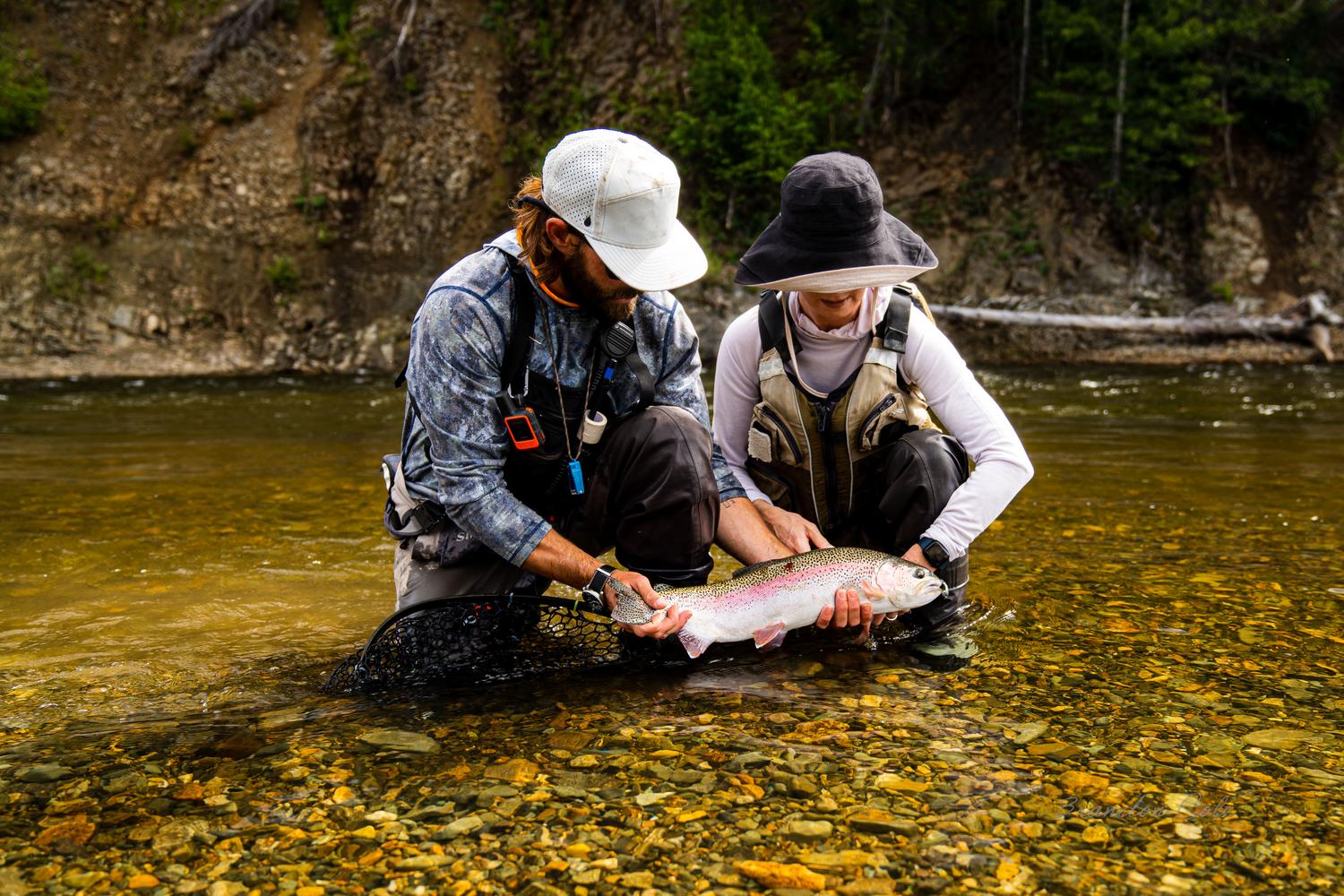
That proposal is the West Susitna Industrial Access Road. This state-funded 100-mile road—which would cut a swath into the heart of this wild place—has already used $8 million in public funds to file paperwork for initial permitting. It’s yet another project from the troubled Alaska Industrial Development and Export Authority (AIDEA), a state-owned corporation.
If actually built, this road would cost Alaskans at least $450 million, cutting through 182 waterways and at least 83 free-flowing salmon streams in the process—all to give a handful of foreign mining companies a free road to (maybe) break ground on their speculative claims.
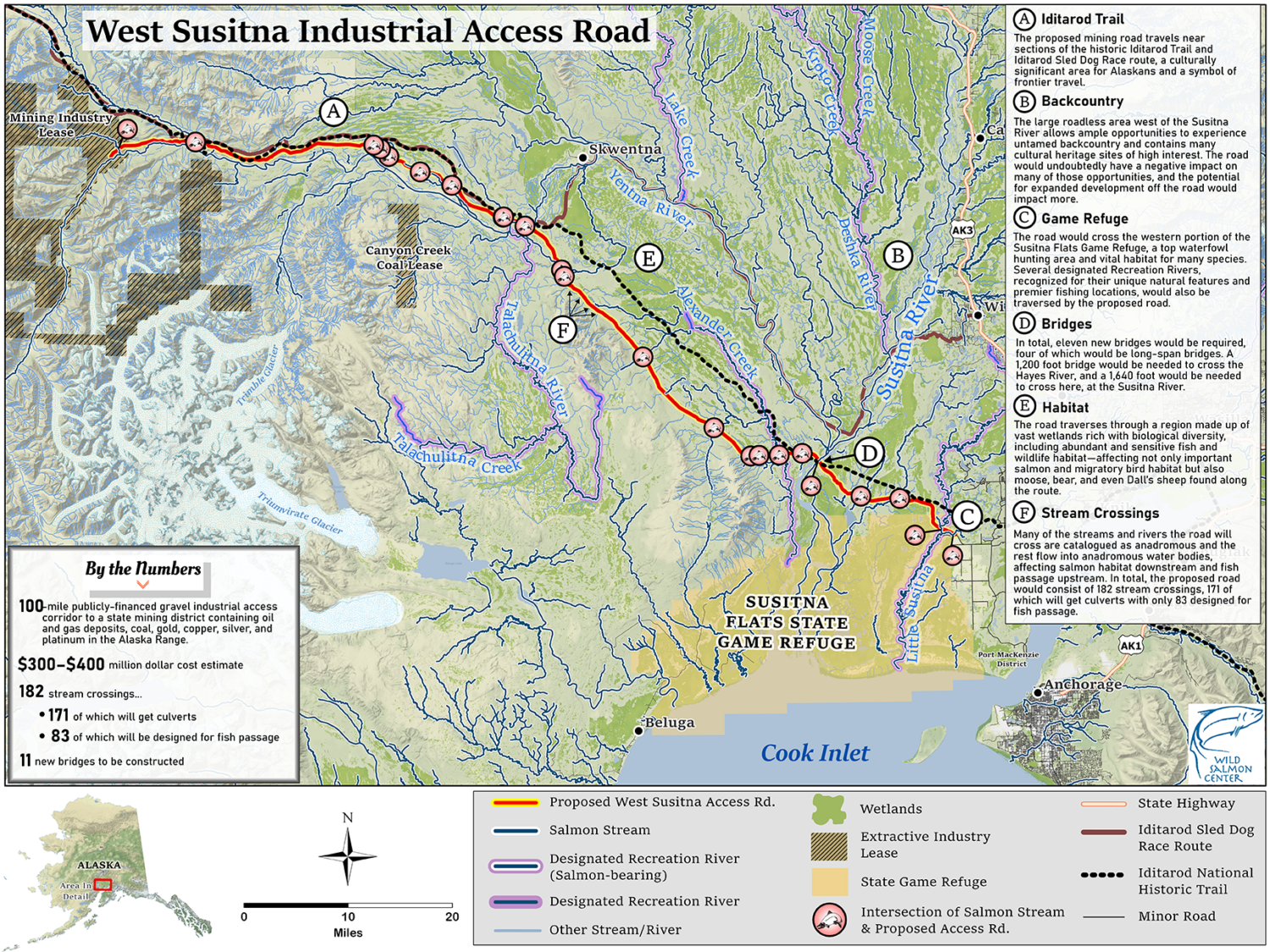
“You may have seen this movie before: salmon and wildlife put at risk for the benefit of undercapitalized foreign mining companies,” Anderson says. “This time, Alaskans would also be on the hook for hundreds of millions of public dollars that we certainly can’t afford to waste on subsidized destruction. We need to stop this bad idea now, while we still can.”
“Alaskans would be on the hook for hundreds of millions of public dollars that we certainly can’t afford to waste on subsidized destruction.”
WSC Alaska Program Director Emily Anderson
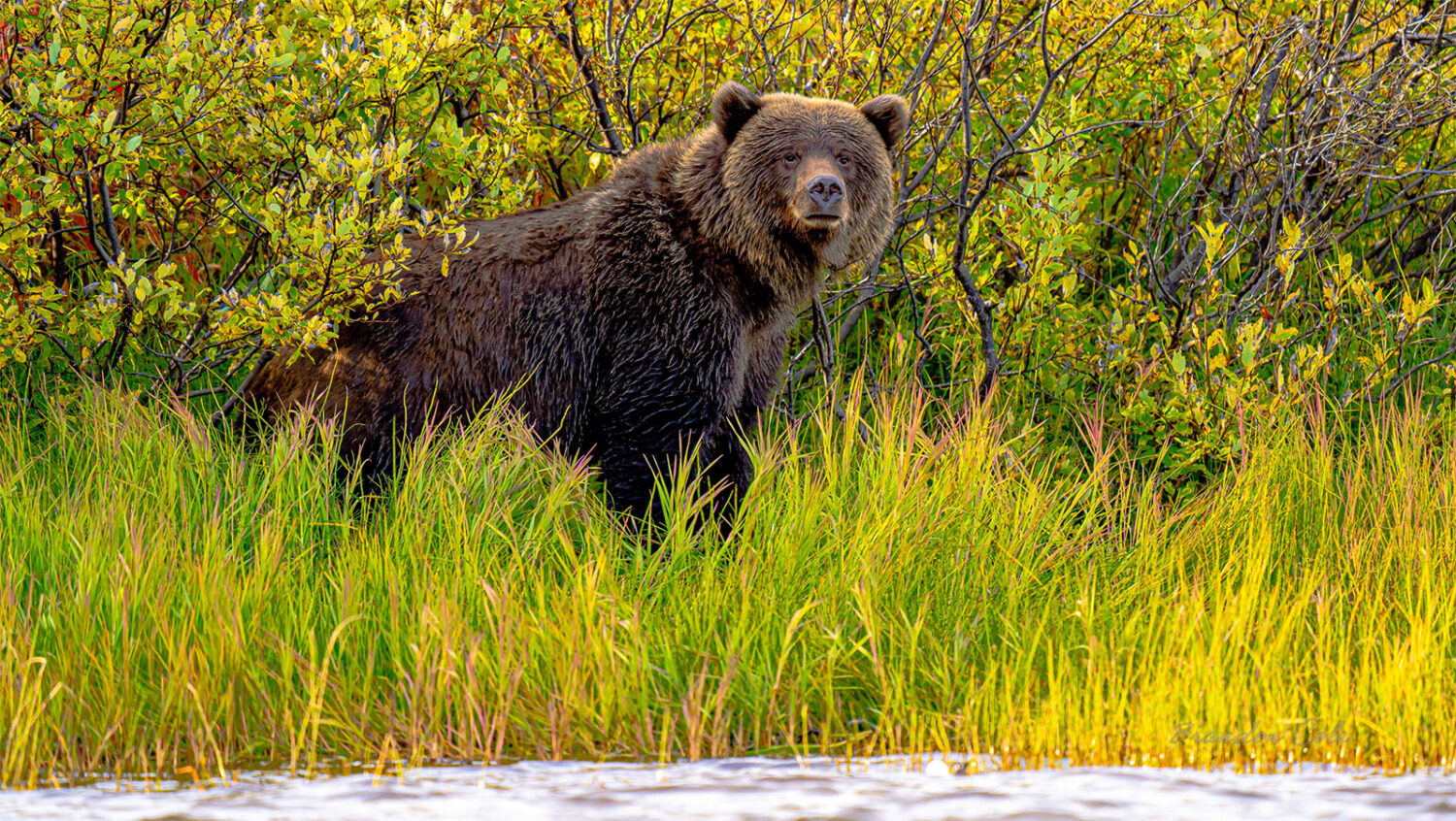
Now, Anderson and our partners in the Defend the West Su coalition are taking this message on the road. All summer long, we’ll engaging Alaskans at big-ticket events including the Mermaid Festival, Midnight Sun Festival, Bear Paw Festival, Wild Salmon Day, and Salmonfest.
With the legislative session now closed, these events are key opportunities to let people know that they’ll soon have a critical opportunity to speak up in defense of the West Su.
As early as this fall, Anderson says it’s possible that the U.S. Army Corps of Engineers may begin the permitting process and provide an opportunity for the public to participate.

If and when this process opens to public comment, Anderson hopes more hard nos will roll in from the hundreds of small businesses, lodges, anglers, hunters, Tribes, and others from Alaska and around the Nation who care about wild places and protecting this iconic Alaskan treasure.
“We’ve already seen strong opposition to this project from Alaskans in the region,” Anderson says. “Now we need our campaign to reach an even broader audience. Long story short, this road is one hundred percent the wrong path for Alaska.”
Learn more about our campaign at westsuwild.org.
“We need our campaign to reach an even broader audience. Long story short, this road is one hundred percent the wrong path for Alaska.”
WSC Alaska Program Director Emily Anderson
